- Written By Team DWS
- Japan
- June 09, 2025
Omizutori: Celebrating the Ancient Buddhist Water-Drawing Ceremony in Nara
Nestled in the heart of Japan, within the ancient city of Nara, lies a spectacular tradition that embodies centuries of faith, reverence, and cultural heritage—the Omizutori. This extraordinary ceremony, steeped in history and spirituality, unfolds annually in March at the Todai-ji Temple, specifically in the Nigatsu-do hall. Revered as one of Japan’s oldest festivals, Omizutori intricately weaves together the elements of Buddhism, ritualistic practice, and community spirit.
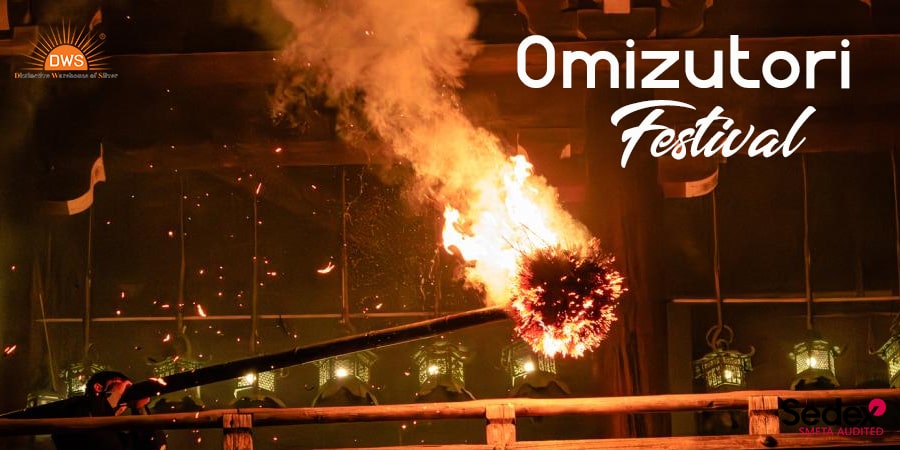
The Origin of Omizutori
Omizutori, meaning “water-drawing,” can be traced back over 1,250 years to the establishment of the Todai-ji Temple by Emperor Shomu in the early 8th century. The ceremony is rooted in the belief that the sacred water drawn from the nearby Sarusawa Pond can purify worshippers and bring blessings for health, longevity, and good fortune for the year to come. It is said that the rituals performed during this period are also aimed at easing the sufferings of sentient beings, thus reflecting the compassion central to Buddhist philosophy.
The ceremony is part of a larger event known as the Shuni-e, which emphasizes the importance of water as a sustainer of life and a sacred element in purification rites. Practiced tirelessly by the priests of Todai-ji, the rites cultivate a deep sense of community as residents and visitors alike gather to participate in this time-honored tradition.
The Ceremony's Rituals
Omizutori takes place over several days, starting on March 1 and culminating on March 14. Each day is filled with various rituals leading up to the climactic moment of drawing water. The highlight of the event occurs on the evening of March 12, when a stunning display of flaming torches illuminates the night sky, casting flickering shadows on the wooden walls of the Nigatsu-do hall.
The ceremony commences with the priests performing purification rituals, where they chant sutras and invoke the blessings of deities. The sense of spiritual fervor is palpable, and as the evening progresses, preparations for the final water-drawing ritual take place. The torches, made of sacred rice straw, are lit and carried through the crowd, creating a visually awe-inspiring spectacle that captivates all who attend.
The culmination of Omizutori involves the actual drawing of water. A priest, dressed in traditional garments, descends into the pond to collect the revered water. The water is then transported back to the hall, where it is used in various rituals - signifying the act of purification, and blessing the community.
Symbolism and Traditions
The symbolism deeply embedded within Omizutori ranges from the significance of water in Buddhist teachings to the powerful representation of light overcoming darkness. The fire used in the ceremonies is believed to convey the purification of worldly suffering and the burning away of negativity. Furthermore, the torches are not just a source of illumination but are symbolic of wisdom, compassion, and the guiding virtue of the Buddha.
Additionally, it’s traditional for attendees to light small candles during the ceremony, further symbolizing their individual prayers for salvation, health, and protection. These candles create a mesmerizing tapestry of light, contrasting with the dark early spring night.
Cultural Significance and Community Engagement
For the people of Nara, Omizutori transcends mere ritual; it represents a connection to their shared heritage and communal spirit. Locals rejoice in hosting visitors from across the globe, eager to share the warmth of their hospitality and the richness of their culture.
Throughout the festival, various activities and street stalls pop up around the temple grounds, offering tantalizing local delicacies, crafts, and traditional performances. It’s an excellent opportunity for visitors to immerse themselves in the vibrant cultural tapestry of Nara, strengthening ties between the past and present.
Moreover, Omizutori continues to attract countless observers and participants each year, creating a robust cultural heritage that remains vital to Nara’s identity. Many people return year after year, forging bonds over shared experiences and collective hope for the blessings that the water-drawing ceremony promises.
Conclusion
Omizutori is more than just a ceremonial event; it symbolizes the resilience of tradition, the importance of community, and the sacredness of life. As the flames dance and the water flows, the spirit of gratitude and connection rings true, reminding us all of the shared values that unite humanity. Whether you’re a first-time observer or a lifelong devotee, the allure of Omizutori beckons all to partake in the beauty of this ancient ritual, ensuring that its legacy shines brightly for generations to come.
Omizutori FAQs: Your Guide to the Sacred Water Drawing Ceremony
Explore answers to commonly asked questions about Omizutori, its significance, traditions, and how to participate in this ancient Japanese ritual.
1. What is Omizutori?
Omizutori is a traditional Japanese festival celebrated annually at the Todai-ji Temple in Nara, usually held in mid-March. It marks the beginning of spring and is a purification ritual that includes the lighting of giant torches. The festival serves to purify the temple and its attendees, showcasing a blend of spirituality, culture, and community celebration.
2. When is Omizutori celebrated?
Omizutori is typically held from March 1st to March 14th, with the most significant events occurring on March 12th and 13th. The exact dates can vary slightly based on the lunar calendar.
3. What activities take place during Omizutori?
The festival features various activities, including:
- The sacred torch-lit procession, where priests carry flaming torches around the Nigatsu-do Hall.
- Purification rituals involving sacred water drawn from the temple's well.
- Local ceremonies that involve chanting and offerings to deities.
- A beautiful display of fire as the torches illuminate the night sky.
4. What is the significance of the torches?
The torches symbolize the purification of the mind and body, as well as the dispelling of evil spirits. It is believed that the flames from the torches can bring good fortune and health for the coming year.
5. Is Omizutori open to the public?
Yes, Omizutori is open to the public, and many visitors both local and international attend to witness the rituals and celebrations. However, it's advisable to arrive early, as the events can be crowded.
6. What should I wear when attending Omizutori?
Since Omizutori occurs in March, it can be quite chilly. Dress warmly, and be prepared for possible rain. Comfortable footwear is also recommended since visitors may need to walk around the temple grounds.
7. Are there any specific customs or etiquette to observe?
Visitors are encouraged to be respectful during the rituals. Silence is often observed during the ceremonies, and it's important to follow any guidelines provided by temple staff. Photography may be restricted during certain parts of the event.
8. Can I participate in the rituals?
While visitors can observe the rituals, active participation is generally reserved for the temple priests and designated individuals. However, attendees are encouraged to engage in the spiritual atmosphere and partake in communal activities.
9. How can I get to Todai-ji Temple for Omizutori?
Todai-ji Temple is located in Nara, Japan, and can be reached by various public transport options, including trains and buses from major cities like Osaka and Kyoto. Local transportation, such as Nara city buses, can take you to the temple.
10. Is there any accommodation nearby?
Yes, there are several accommodation options in Nara, including hotels, traditional ryokan (Japanese inns), and guesthouses. It's advisable to book in advance, especially during festivals, as accommodations may fill up quickly.
11. Are there any food vendors during the festival?
Yes, food stalls and vendors often set up during the festival, offering a variety of traditional Japanese snacks and meals. This adds to the festive atmosphere and provides an opportunity to enjoy local cuisine.
12. What is the history of Omizutori?
Omizutori has a long history, dating back over 1,250 years. It originated as a way to purify the temple and its worshippers, and it has evolved into a significant cultural and spiritual event in Japan, celebrating the arrival of spring and honoring Buddhist traditions.
If you have any additional questions about Omizutori, feel free to ask!
Popular on Blogs
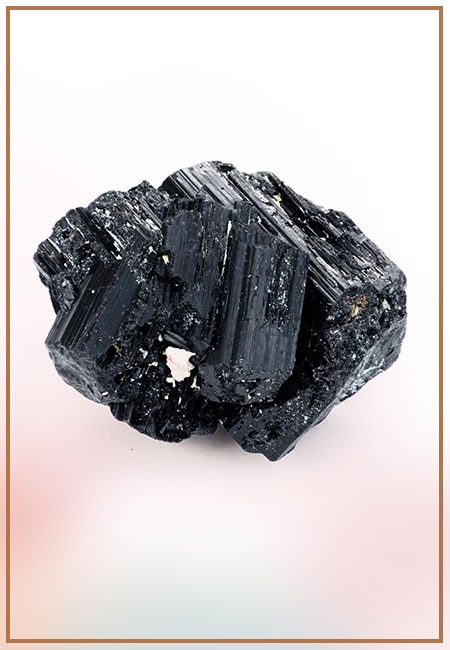
Black Tourmaline: Meaning, Healing Properties, Fascinating Facts, Powerful Attributes, Versatile Uses, and Beyond
September 05, 2023 / BY Team DWS
Black Tourmaline, also known as Schorl, is a highly revered crystal with incredible metaphysical properties. It derives its name from the Dutch word "turamali," meaning "stone with ..
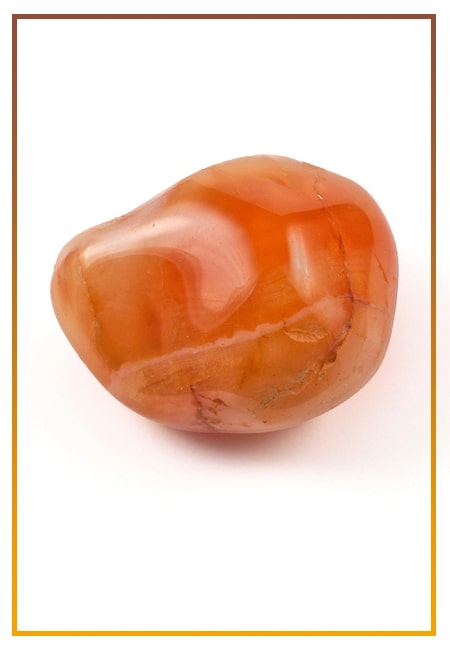
Carnelian Stone: Meaning, Healing Properties, Power, Facts, Color, Uses and More
December 26, 2023 / BY Team DWS
Carnelian is a vibrant and captivating gemstone that holds a plethora of meanings, healing properties, and powers. Its warm and fiery energy makes it a popular choice among crystal ..
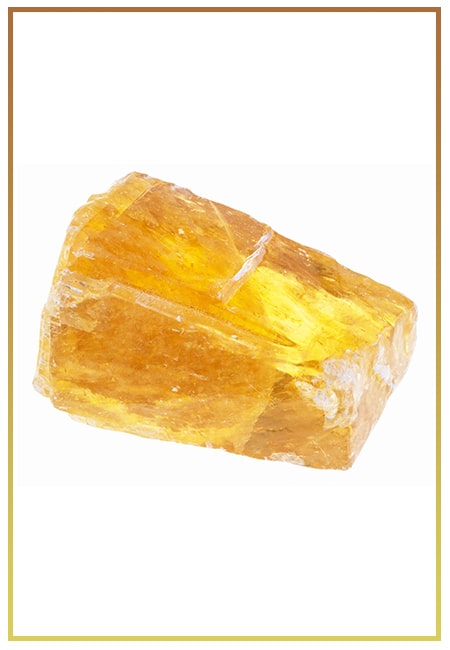
Citrine: Exploring its Meaning, Healing Properties, Fascinating Facts, Powers, Versatile Uses, and Much More
November 18, 2023 / BY Team DWS
Citrine, with its warm golden hues, has captured the attention and imagination of people for centuries. This beautiful gemstone, commonly associated with wealth and prosperity, hol ..

Black Onyx: Unveiling the Meaning, Healing Properties, Fascinating Facts, Powerful Attributes, Versatile Uses, and Beyond
July 25, 2023 / BY Team DWS
Black Onyx, a striking gemstone admired for its deep black hue and elegant appearance, has captivated people for centuries. In this comprehensive guide, we will delve into the mean ..
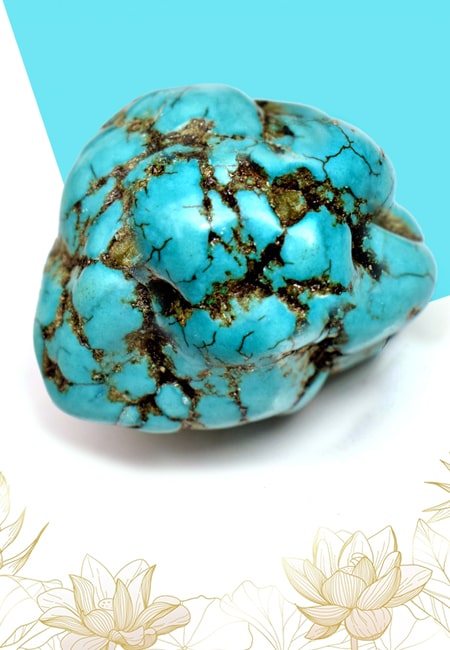
Unveiling the Mysteries of Turquoise Stone: Exploring its Meaning, Healing Properties, Power, Facts, Color, Uses, and More
December 05, 2023 / BY Team DWS
Turquoise, with its captivating blue-green hue, has been adorning jewelry and artifacts for centuries. This striking stone has a rich history, rich symbolism, and a plethora of int ..
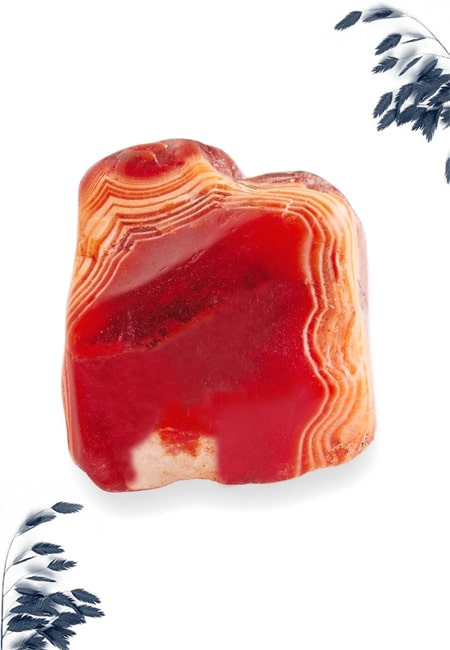
The History Behind The Popularity of Red Agate
December 23, 2022 / BY Team DWS
An Agate is a type of magma rock that takes many years till it is washed out naturally into the water. And that is the reason this stone has elements of water. This beautiful stone ..

Plan a Perfect Valentine's Week with Our Valentine Week List 2025
January 22, 2024 / BY Team DWS
Valentine's Day is undoubtedly the most romantic day of the year, but we believe that one day is just not enough to express your love and make your partner feel special. That's why ..
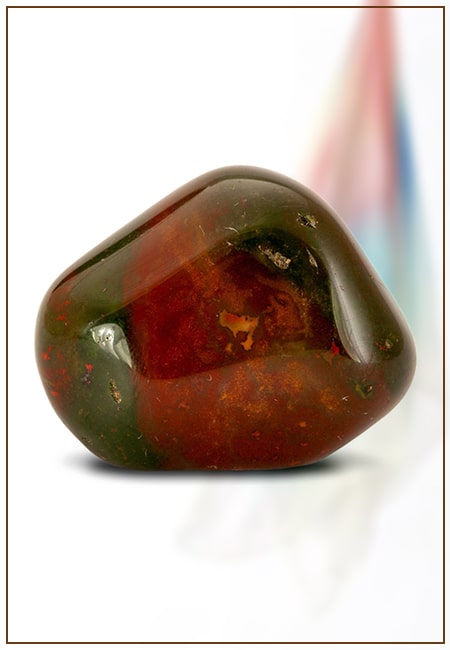
Bloodstone: Unveiling the Meaning, Healing Properties, Facts, Powers, Uses, and More
August 21, 2023 / BY Team DWS
Bloodstone, with its captivating deep green color with specks of red, is a mesmerizing gemstone that has fascinated civilizations for centuries. It possesses unique healing propert ..


